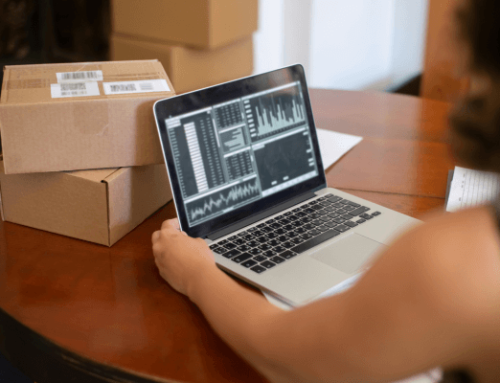
Sustainability and E-commerce. These are two concepts that indelibly mark the socio-economic landscape of the second decade of the 21st century. There is no planet B, as they say, and at the current rate of exploitation of the Earth's natural resources, extreme weather events, desertification and deteriorating air quality will make life close to unbearable.
Changing the course of events is in the hands of all of us: governments, citizens and companies. Despite E-commerce Having, given its online nature, a substantially lower ecological footprint than other activities, social responsibility in terms of sustainability remains and can, if properly exploited, serve as leverage for the millions of businesses that have turned to online sales in recent years.
Sustainability as an added value for your online shop
According to a 451 Research study by S&P Global Market IntelligenceIn the last year alone, 82% of global consumers have made at least some of their purchases online, of which 5.2% have migrated completely to e-commerce and 23.6% have entrusted most of their purchases of goods and products to this channel.

More than historical, due to their condensation in such a short space of time, these figures reveal that the purchasing process as we used to know it is changing very quickly, giving rise to a new type of consumer: the e-shopper.
And what kind of consumer is this? It's a consumer who favours the convenience that mobile devices offer when it comes to researching, comparing and online payments of goods and services, demands speed and, above all, is concerned about the impact his consumption choices have on the human and environmental ecosystem around him.
Adapting to these new consumer habits is a fundamental task for anyone who wants to capitalise on the boom in E-Commerce and boost your online sales.
Ensure that the site/online shop is "user friendly", invest in online payment solutions such as those offered by REDUNIQ, are just the start of a journey that must necessarily include the adoption of principles of greater transparency of its ecological footprint, the use of green technologies and the presentation of more sustainable options, including business models that favour the circular economy, the concept of which is based on the reduction, reuse, recovery and recycling of materials and energy.
It may sound complicated, but it isn't and, above all, it will make consumers look at your online shop as a space in line with their consumption and lifestyle patterns.
Sustainability Guide for E-Commerce
Logistics, packaging and distribution. Ensuring sustainability in each of these operations will add value to your e-commerce platform, transforming it into a place for socially and environmentally responsible consumption.
Logistics
Evaluate your production and look for ways to save energy, replace materials that produce a lot of waste and adopt those that can be recycled or reused.
Consider adopting more sustainable technology, such as using more efficient cooling and space heating systems and opting to buy technological equipment that consumes less energy and emits less CO2.
In addition to this, and as we mentioned earlier, try to include the concepts of circular economy and fair trade in your relationship with your suppliers so that you can offer your customers a final product that is sustainable throughout its production chain.
Packaging
The issue of packaging is one of the most critical situations from the point of view of sustainability for an online shop.
You can start by dispensing with primary or secondary packaging and using only transport packaging, or by providing the primary packaging with the support to become the transport packaging itself (in particular by making it sturdier and with space for a sticker with the recipient's details).
In the field of packaging materials, try to favour biodegradable alternatives and sensitise your consumers to reusable packaging choices.
You can, for example, launch campaigns in which the customer returns the used packaging and receives the new product in reused packaging, thus reducing waste and the need to produce new packaging.
Distribution
If there's one area where you might think it's difficult to reduce your e-commerce business's ecological footprint, it's distribution, as this is usually allocated to transport companies that use vehicles powered by non-renewable energies. Think again.
Today, many online shops are already using environmentally friendly means of transport such as bicycles, scooters and electric carts.
If you don't want to, or can't, entrust your parcels to these means, try to work with a transport company that uses less polluting vehicles and offers service options to minimise and/or avoid logistics-related emissions, waste and other environmental impacts.
Read also: How to set up a delivery system and start selling online?
Green Seal
Once you've adopted these measures, don't forget to adopt the Green Label, which will show consumers and potential customers that your brand is taking sustainable action and is concerned about reducing its ecological footprint. Signing up to this label is voluntary.
Use social networks and your online shop pages to communicate your commitment to sustainable e-commerce.
Read also: "Safe Travels", the new seal for Hotels and Restaurants


